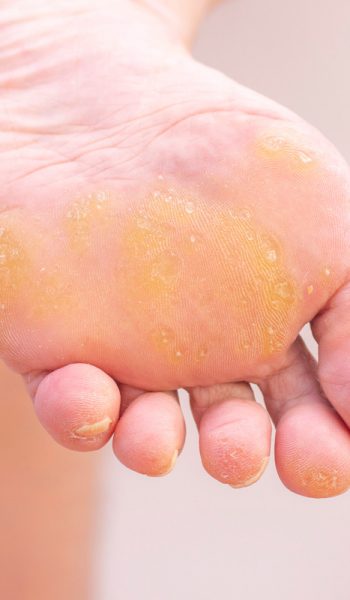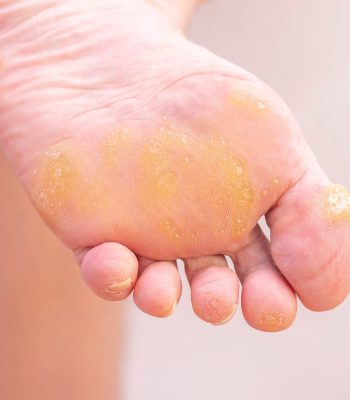What is a Corn?
A corn is a buildup of skin that forms at points of pressure or over bony prominences. Corns are a distinctively shaped callus of dead skin that forms on the top of the foot and between the toes. Corns form when the pressure point is a circular rubbing motion.
What is a Corn?
A corn is a buildup of skin that forms at points of pressure or over bony prominences. Corns are a distinctively shaped callus of dead skin that forms on the top of the foot and between the toes. Corns form when the pressure point is a circular rubbing motion.
Statistics:
- 65 out of 1000 people are afflicted with corns
- 37 out of 1000 males are afflicted
- 91 out of 1000 females are afflicted
Causes of Corns:
- Repeated friction and pressure from skin rubbing against bony areas or against an irregularity in a shoe
- Heredity disorders
Statistics:
- 65 out of 1000 people are afflicted with corns
- 37 out of 1000 males are afflicted
- 91 out of 1000 females are afflicted
Causes of Corns:
- Repeated friction and pressure from skin rubbing against bony areas or against an irregularity in a shoe
- Heredity disorders

What can you do?
- Wear supportive shoes with a wide toe box and a low heel
- Use a custom orthotic or shoe insert made with materials that will absorb shock.
- Use over-the-counter creams, avoiding any acid preparations
- Use a pumice stone or file to treat if not diabetic
What will a podiatric physician do for you?
- Perform a physical examination
- Perform x-ray evaluation if needed
- Perform trimming or padding of the lesions
- Perform surgery as indicated
Your podiatric physician/surgeon has been trained specifically and extensively in the diagnosis and treatment of all manners of foot conditions. This training encompasses all of the intricately related systems and structures of the foot and lower leg including neurological, circulatory, skin, and the musculoskeletal system, which includes bones, joints, ligaments, tendons, muscles, and nerves.
What can you do?
- Wear supportive shoes with a wide toe box and a low heel
- Use a custom orthotic or shoe insert made with materials that will absorb shock.
- Use over-the-counter creams, avoiding any acid preparations
- Use a pumice stone or file to treat if not diabetic
What will a podiatric physician do for you?
- Perform a physical examination
- Perform x-ray evaluation if needed
- Perform trimming or padding of the lesions
- Perform surgery as indicated
Your podiatric physician/surgeon has been trained specifically and extensively in the diagnosis and treatment of all manners of foot conditions. This training encompasses all of the intricately related systems and structures of the foot and lower leg including neurological, circulatory, skin, and the musculoskeletal system, which includes bones, joints, ligaments, tendons, muscles, and nerves.

